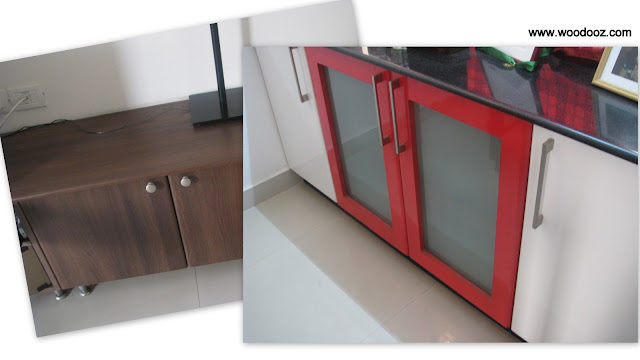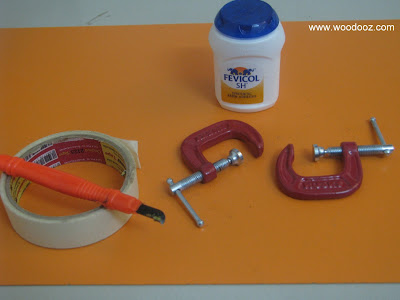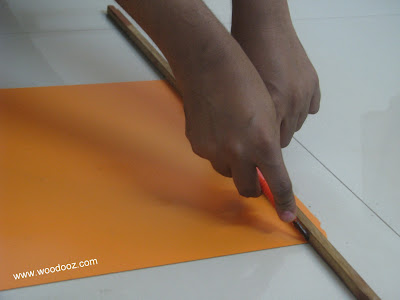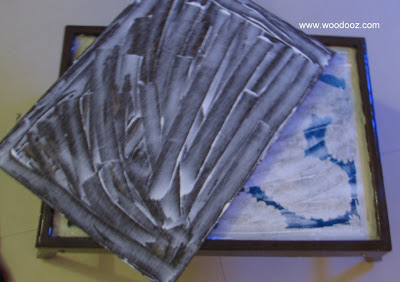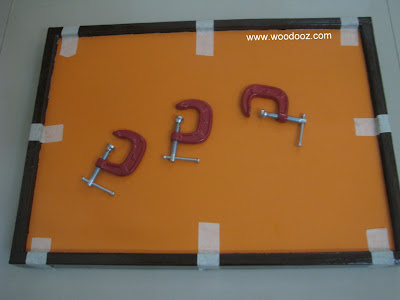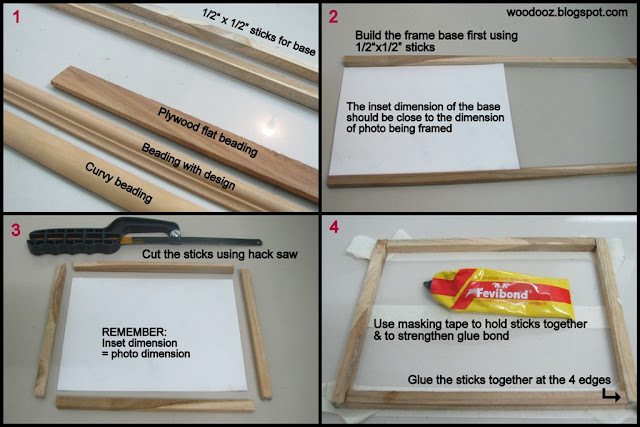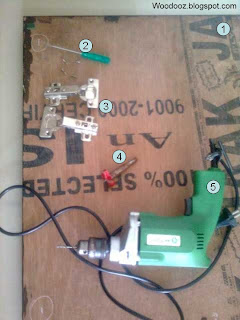We live in an apartment. Every space outside our humble abode is common space. That means I have to do all my work inside the house.
Now, here's the downside to not having a dedicated work space. There is going to be lots of scrap wood, saw dust, dirty cloth, screws, nails, sand papers and tools all strewn across every square inch of where you work. What is even worse is the spilled paint / stain or the quick bonding fevicol on the tiles that takes lot of work to remove. And trust me, tidying up is the most boring task of any woodworking project. Sanding only comes second.
Your turn now :
Linking in : Colours Dekor
- To cut a piece of wood I use the center table in the living room.
- To bore a hole into wood I use the little space in the guest room
- To Paint or stain wood I use either of the balconies
- And my tools are all in the service area
 |
| This is only a fraction of the mess I make |
 |
Here are some useful tips that you can follow to make things easier for yourself:
- Try to work in one place. Makes cleaning up easier even if you generate lot of mess
- Move your tools closer to your place of work. Reduces moving around while in the middle of a project. I moved most of mine into an empty shelf in the guest room wardrobe.
- Spread news papers across the floor. When you are done, rather than picking up the bits and pieces, you can just carefully remove the papers and dispose them off. You may also want to do it on the wall. Paints and stains on wall are quite impossible to remove.
- Have thinner with you all the time. Any spills can be managed immediately by wiping off the stains from the tiles using thinners
- Try to finish your work before the maid gets to work. The sweeping and mopping will take care of most troubles you create.
- Wear latex gloves while using paint. They are inexpensive and can be thrown off after use. Also reduces effort spent on cleaning up your fingers. In Chennai, you can get these gloves for Rs.3 a pair at Nilgiris.
- Use inexpensive containers for mixing paints, sealants etc… Again reduces clean up work as you can straight away dispose them after use.
Most importantly, make sure you wear these essential safety gears while indulging in a woodworking DIY project. Mess can be cleaned up. But a broken finger may take time to heal.
Your turn now :
- Do you make a lot of mess while indulging in DIY ?
- Do you enjoy the clean up process ?
- Do you have other clean up tips to share ?
- Somu


